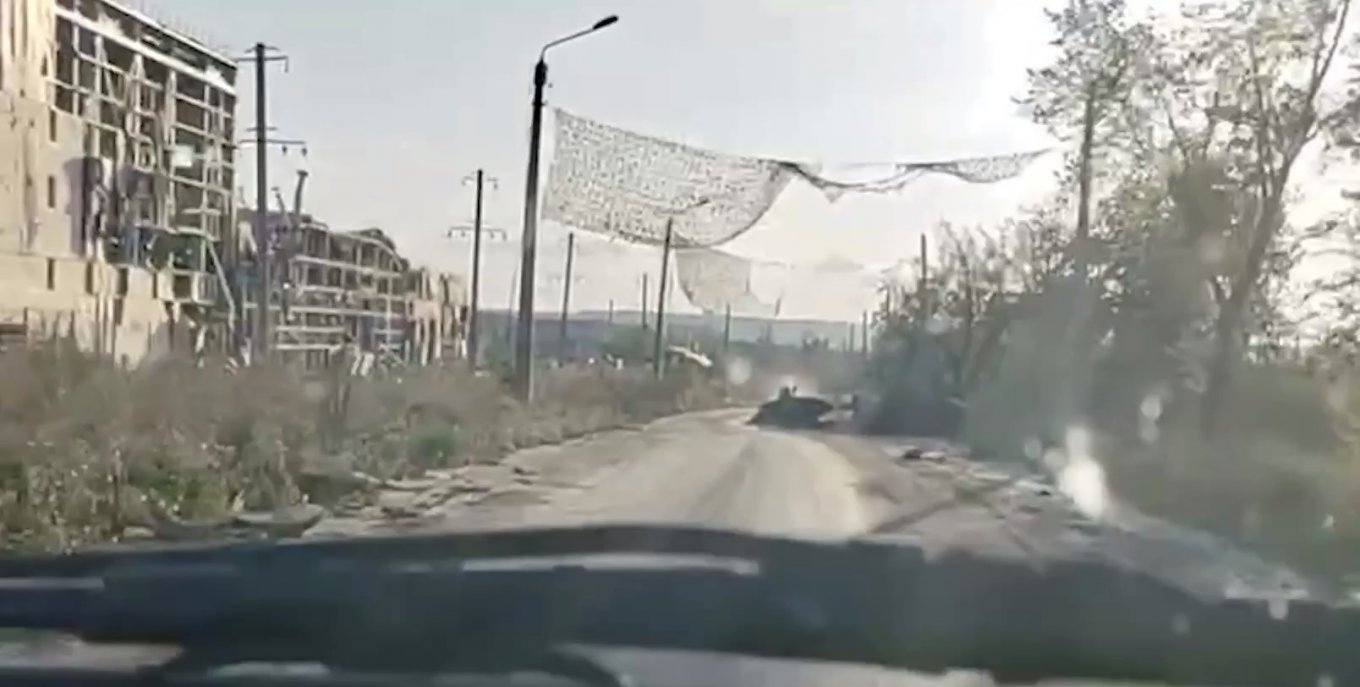An open source video, presumably filmed by russian soldiers stationed near the city of Bakhmut in eastern Ukraine, shows dense nets stretched between lampposts in an urban environment. The widespread opinion is that the nets are supposed to protect against Ukrainian FPV drones or larger aerial vehicles by intercepting them in midair.
Some of the nets in the video are already in disarray which suggests they might have actually worked as intended, that is, "caught" a drone, or maybe this poor condition was caused by some other factor.
Read more: New russian Portable Peroed Anti-UAV Jammers "Cannot Guarantee 100% Effectiveness" Against FPV Drones

From Defense Express we should add that as a means of anti-drone protection, such webs have pros and cons. The foremost advantage is that this obstacle can be spotted only during direct visual contact, in contrast to EW systems or C-UAS rifles that give out radio wave emission and can be noticed from a great distance.
The downside is that the net barrier only obstructs the movement in one dimension and therefore can be outmaneuvered by a UAV operator with enough skill, like in the video below.
Overall, the webs stretched between the lampposts look reminiscent of the WW2 barrage balloons but without the aerostats.

Worth noting, similar physical obstacles Armenia used during the war for Nagorno-Karabakh in 2020. Although instead of nets they used steel wires stretched over the mountain gorges.

Read more: Better Than Tires: russians Show New Anti-Drone Protection for Su-34 Bombers














